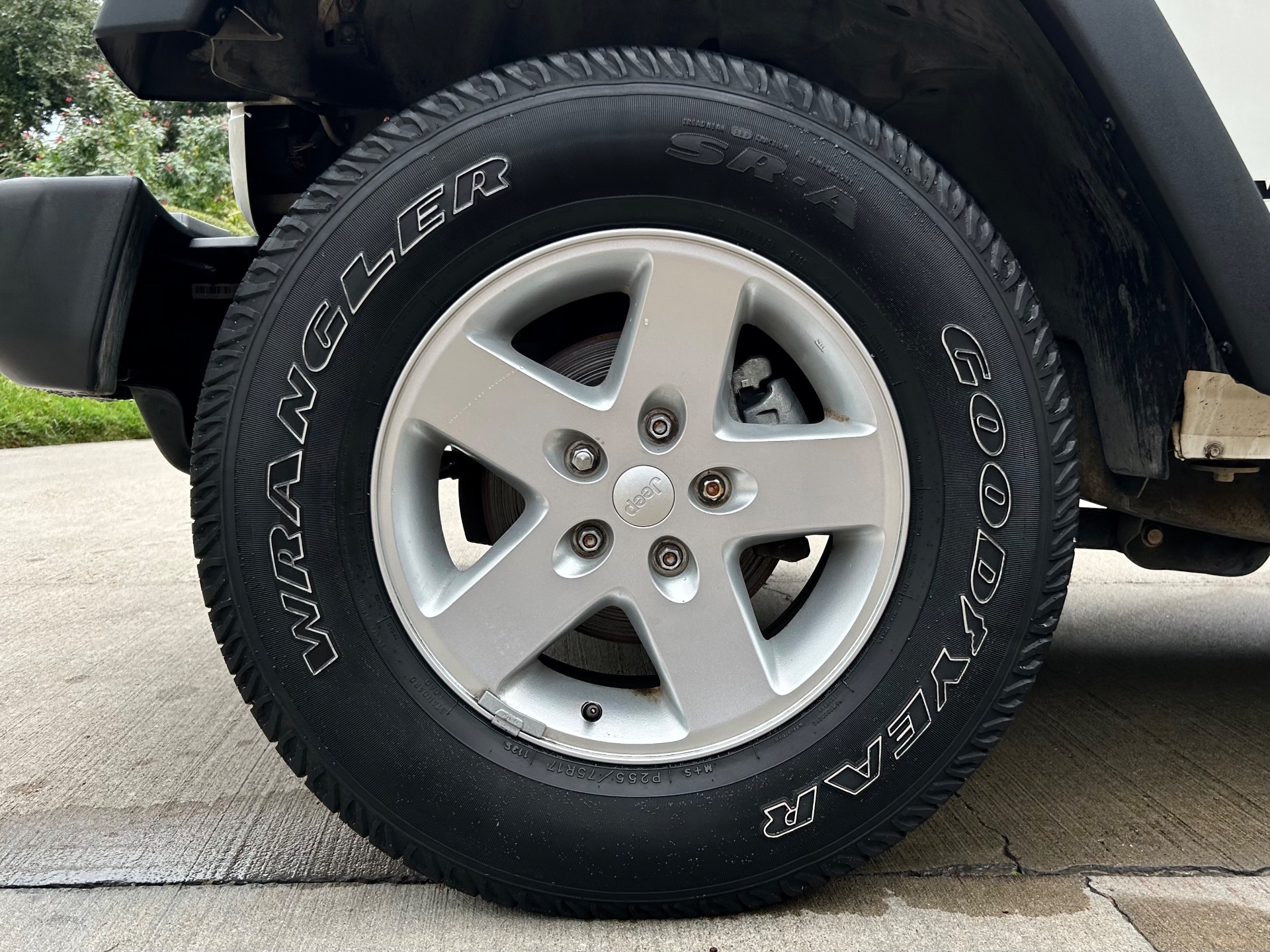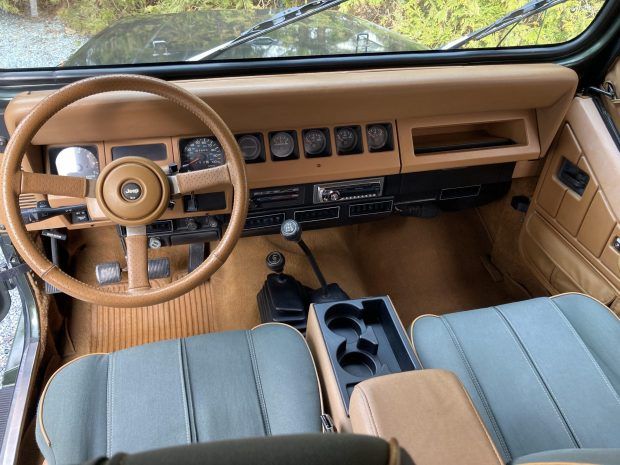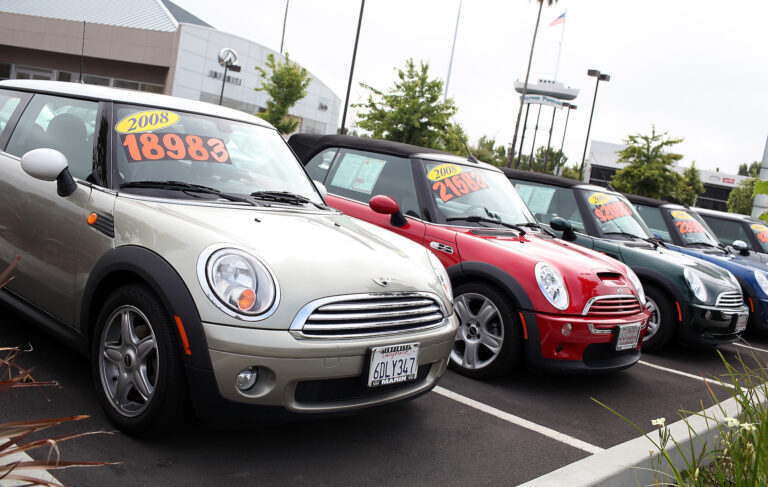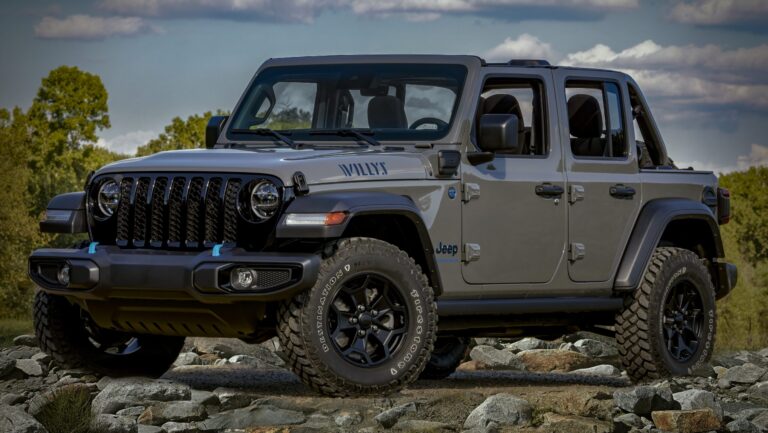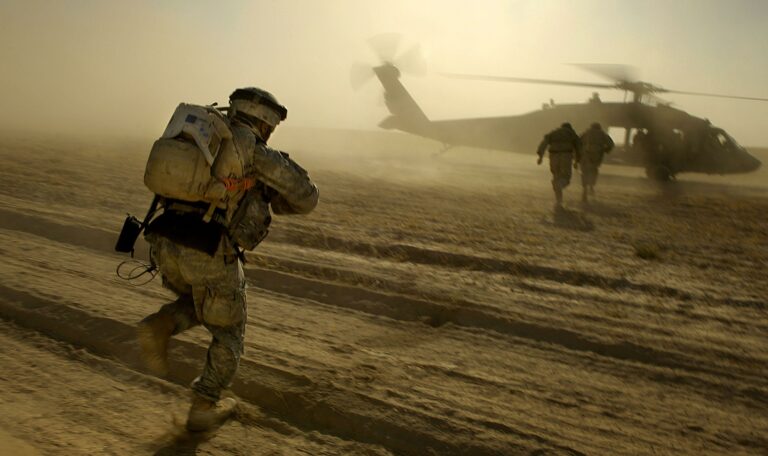How Much Does Jeep Wrangler Unlimited Hardtop Weight
How Much Does Jeep Wrangler Unlimited Hardtop Weight jeeps.truckstrend.com
The Jeep Wrangler, an undisputed icon of off-road capability and open-air freedom, offers an unparalleled driving experience. For many owners, the choice between a soft top and a hardtop is a fundamental decision, impacting everything from security and insulation to the ease of open-air conversion. Among these considerations, the weight of the hardtop stands out as a critical, often underestimated, factor. Understanding "How Much Does Jeep Wrangler Unlimited Hardtop Weight" is not just a matter of curiosity; it’s essential for practical reasons, influencing everything from fuel efficiency and handling dynamics to the sheer logistics of removal, installation, and storage. This comprehensive guide will delve into the specific weights of various hardtop configurations for the Jeep Wrangler Unlimited, exploring why these figures matter and offering practical advice for managing this substantial component.
Understanding the Jeep Wrangler Unlimited Hardtop
How Much Does Jeep Wrangler Unlimited Hardtop Weight
The Jeep Wrangler Unlimited (the four-door model) comes with various top options, with the hardtop being a popular choice for its enhanced security, better insulation against elements and noise, and a more robust appearance. Made primarily from a durable fiberglass composite, the hardtop is designed to withstand harsh conditions while providing a relatively lightweight, yet rigid, enclosure.
The hardtop typically consists of two main parts:
- The Rear Section: This large, heavy piece covers the rear cargo area and the back seats. It’s the most substantial part of the hardtop and requires significant effort to remove.
- The Freedom Panels: These are two smaller, lighter panels that cover the front driver and passenger seats. They can be removed independently, offering a quick open-air experience without having to take off the entire hardtop.
Over the years, with the evolution of the Wrangler from the JK generation (2007-2018) to the current JL generation (2018-present), there have been subtle design and material refinements that can affect the overall weight of the hardtop.
The Core Question: How Much Does It Really Weigh?

The weight of a Jeep Wrangler Unlimited hardtop varies slightly depending on the specific generation and any optional features, but it consistently falls into a significant range.
JK Generation (2007-2018) Unlimited Hardtop Weight
For the Jeep Wrangler JK Unlimited, the factory hardtop is a substantial piece of equipment.
- Total Hardtop Weight: Approximately 130-150 pounds (59-68 kg).
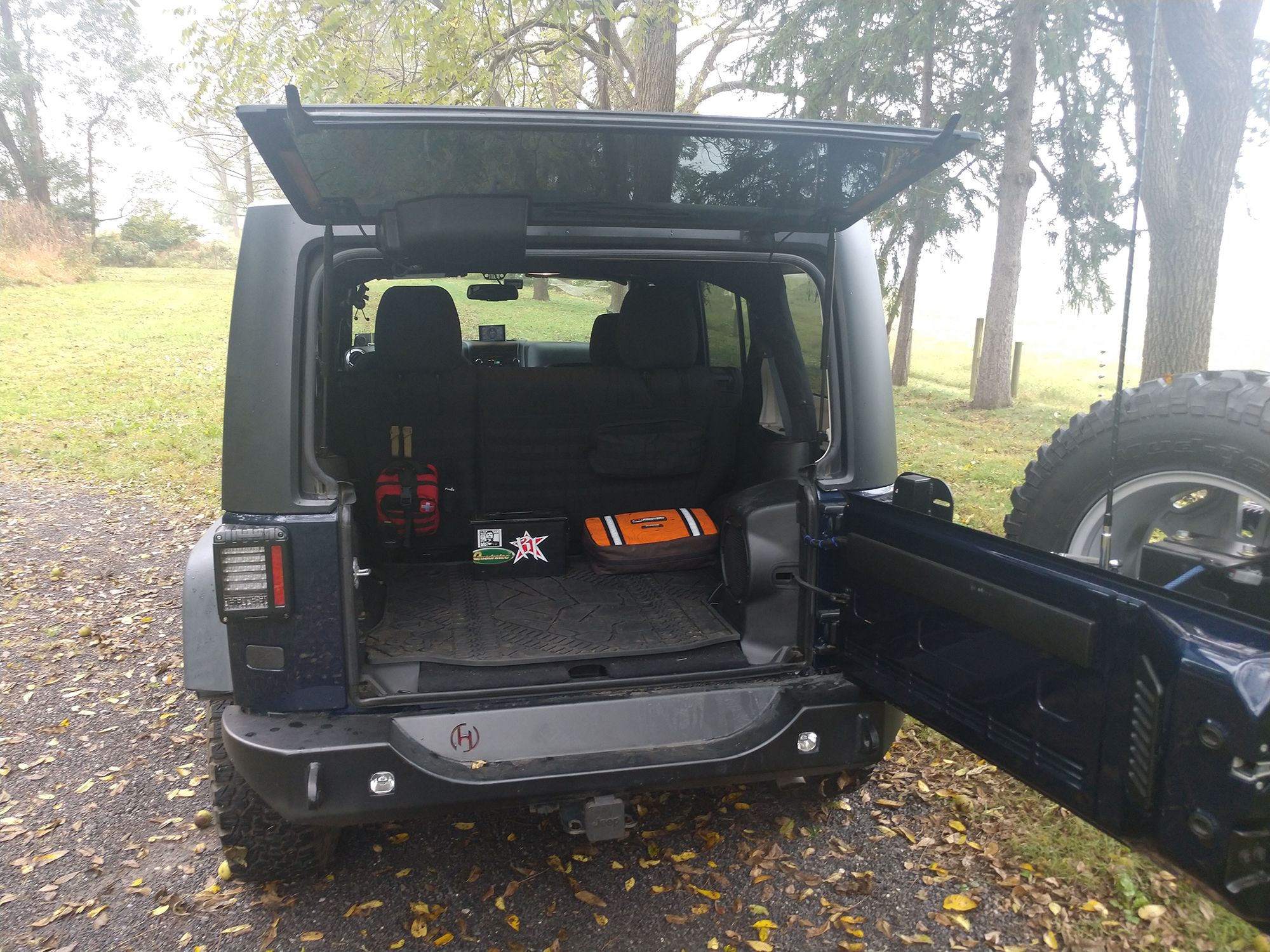
- Main Rear Section: This large component accounts for the bulk of the weight, typically around 100-120 pounds (45-54 kg).
- Front Freedom Panels: Each of these smaller panels weighs roughly 15-20 pounds (7-9 kg). Since there are two, they contribute a combined 30-40 pounds.
![]()
JL Generation (2018-Present) Unlimited Hardtop Weight
With the introduction of the JL generation, Jeep made some design changes aimed at improving ease of use and potentially reducing weight in certain areas, though the overall hardtop weight remains considerable. The JL hardtop often features a slightly revised design for the freedom panels and improved latching mechanisms.
- Total Hardtop Weight: Approximately 140-160 pounds (64-73 kg).
- Main Rear Section: This part weighs in at about 110-130 pounds (50-59 kg).
- Front Freedom Panels: Similar to the JK, each panel weighs around 15-20 pounds (7-9 kg), totaling 30-40 pounds.
It’s important to note that these figures are for the standard factory hardtop. Aftermarket hardtops or those with special insulation or premium finishes might vary slightly. For instance, Mopar offers a "Premium Hardtop" option for the JL that might have minor weight differences due to enhanced sound deadening or different finishes.
Factors Influencing Hardtop Weight
While the base weights are fairly consistent, a few factors can cause slight variations:
- Aftermarket Liners/Insulation: Many owners add aftermarket headliners or insulation kits to improve thermal and acoustic properties. These additions can add a few extra pounds.
- Paint/Finish: While negligible, custom paint jobs or protective coatings can add a tiny amount of weight.
- Specific Options: Certain factory options or minor design tweaks within a generation might lead to slight variations.
Why Hardtop Weight Matters: Impact on Your Wrangler Experience
The seemingly simple question of hardtop weight has profound implications for every Jeep Wrangler Unlimited owner.
-
Performance and Handling:
- Center of Gravity: A heavy hardtop raises the vehicle’s center of gravity. While the Wrangler is designed for off-road stability, a higher center of gravity can lead to increased body roll during cornering on paved roads and can slightly impact stability on extreme off-road inclines.
- Overall Vehicle Weight: The hardtop contributes significantly to the vehicle’s gross weight. This added weight requires more power to accelerate and stop, potentially affecting braking distance and overall responsiveness.
-
Fuel Economy:
- Aerodynamics: While the hardtop provides a more aerodynamic profile than a soft top at highway speeds, its sheer weight still impacts fuel efficiency. More mass means the engine has to work harder, leading to increased fuel consumption. Removing the hardtop, especially for extended periods, can lead to a noticeable improvement in MPG, though this is often offset by the less aerodynamic soft top or no top at all.
-
Removal & Installation Challenges:
- Physical Effort: The most immediate challenge is the physical effort required. A 100-130 pound rear section is too heavy for one person to lift safely and without risk of damage to themselves or the Jeep. It typically requires at least two strong adults, or ideally, three or four for comfortable and safe removal.
- Awkwardness: Beyond the sheer weight, the hardtop’s bulky and awkward shape makes it difficult to grip and maneuver. This increases the risk of dropping it or scratching the paintwork.
- Time and Tools: While not overly complex, the process requires unlatching several clamps and bolts, which adds to the time commitment.
-
Storage Solutions:
- Space Requirements: Once removed, the hardtop occupies a significant amount of space. It’s too large to simply lean against a wall without risk of damage. Dedicated storage solutions are often necessary.
- Specialized Equipment: Due to its weight and bulk, specialized equipment like ceiling hoists or wheeled hardtop carts are highly recommended for safe and convenient storage, especially if you plan to remove it frequently.
-
Accessory Compatibility:
- Roof Racks: If you plan to install a roof rack on your hardtop for carrying gear like kayaks, bikes, or rooftop tents, you must consider the hardtop’s weight in conjunction with the weight of your cargo and the rack itself. Exceeding the hardtop’s load capacity or the vehicle’s overall roof load limit can be dangerous.
Practical Advice for Hardtop Management
Managing your Jeep Wrangler Unlimited hardtop effectively can greatly enhance your ownership experience.
- Safe Removal Techniques:
- Gather Help: Always enlist at least one, preferably two, strong helpers.
- Tools: You’ll need a T50 Torx bit for the rear bolts (usually 6 or 8 depending on the generation), and a ratchet.
- Process:
- Open the rear glass and disconnect the washer fluid hose and electrical connector (if equipped).
- Unlatch the clamps inside the hardtop.
- Remove all Torx bolts.
- With helpers, carefully lift the hardtop straight up and away from the vehicle, ensuring it clears the spare tire.
- Place it gently on a padded surface or a dedicated storage cart.
- Storage Solutions:
- Garage Hoists: Manual or electric hoists that lift the hardtop to the ceiling are incredibly popular. They allow a single person to remove and store the hardtop, freeing up valuable garage floor space.
- Hardtop Carts/Dollies: These wheeled carts allow you to store the hardtop vertically and move it around your garage easily. They often have padded supports to protect the hardtop.
- Wall Mounts: Some solutions allow you to mount the hardtop securely against a garage wall, saving floor space.
- Outdoor Storage: If indoor storage isn’t an option, invest in a high-quality, waterproof, UV-resistant hardtop cover to protect it from the elements.
- Tips for Minimizing Impact:
- Consider a Soft Top: If you frequently want the open-air experience, a soft top offers much easier and quicker removal/stowage. Many owners opt for both, using the hardtop in winter and the soft top in summer.
- Regular Maintenance: Periodically inspect the hardtop seals and latches to ensure a tight, leak-free fit.
- Mindful Driving: When the hardtop is on, be aware of the increased weight and higher center of gravity, especially during aggressive maneuvers.
Challenges and Solutions
| Challenge | Solution |
|---|---|
| Heavy and Awkward to Remove | Enlist 2-3 helpers; use a garage hoist (manual or electric); practice the removal process to become efficient. |
| Requires Significant Storage Space | Invest in a hardtop hoist for ceiling storage; use a hardtop cart for vertical storage and mobility; if storing outdoors, use a heavy-duty, waterproof cover. |
| Potential for Damage During Removal | Use padded surfaces for resting the hardtop; ensure clear pathways; take your time and communicate clearly with helpers; consider protective tape on vulnerable edges. |
| Impact on Fuel Economy | While unavoidable, regular vehicle maintenance (tire pressure, engine tune-ups) helps; consider running with a soft top or no top during warmer months if not needing the security/insulation of the hardtop. |
| Risk of Leaks | Regularly inspect and clean the hardtop seals; ensure all latches and bolts are properly secured; replace worn-out seals promptly. |
| Limited Single-Person Operation | A good quality electric hoist system is the primary solution for single-person hardtop removal and installation. |
Jeep Wrangler Unlimited Hardtop Weight Overview Table
This table provides a summary of the typical weights for the factory hardtops on Jeep Wrangler Unlimited models, along with key considerations.
| Generation | Hardtop Type | Total Hardtop Weight (Approx.) | Main Rear Section Weight (Approx.) | Freedom Panels Weight (Approx.) | Key Considerations |
|---|---|---|---|---|---|
| JK | Factory Hardtop | 130-150 lbs (59-68 kg) | 100-120 lbs (45-54 kg) | 15-20 lbs each (7-9 kg each) | Requires 2+ people for removal; impacts MPG slightly; common aftermarket insulation adds weight. |
| JL | Factory Hardtop | 140-160 lbs (64-73 kg) | 110-130 lbs (50-59 kg) | 15-20 lbs each (7-9 kg each) | Similar removal challenges; slightly refined design; premium options may vary weight. |
| JL | Mopar Premium Hardtop | 145-165 lbs (66-75 kg) | 115-135 lbs (52-61 kg) | 15-20 lbs each (7-9 kg each) | Often includes enhanced insulation, potentially adding a few pounds. |
Note: Weights are approximate and can vary slightly based on specific vehicle configuration, accessories, and manufacturing tolerances.
Frequently Asked Questions (FAQ)
Q1: Can one person remove a Jeep Wrangler Unlimited hardtop?
A1: While theoretically possible with specialized equipment like an electric hoist, it is not recommended for a single person to manually remove the main rear section due to its significant weight (100-130+ lbs) and awkward size. It’s safer and easier with at least two strong adults, or preferably three or four. The front Freedom Panels can easily be removed by one person.
Q2: Does removing the hardtop improve fuel economy?
A2: Yes, removing the hardtop can slightly improve fuel economy because it reduces the overall vehicle weight. However, if you replace it with a less aerodynamic soft top or drive without any top, the aerodynamic drag at highway speeds might negate some of those gains. The most noticeable improvement comes from simply shedding the weight.
Q3: What’s the main weight difference between JK and JL hardtops?
A3: The JL hardtop is generally slightly heavier than the JK hardtop, often by 10-15 pounds. This is due to minor design changes and potentially different material densities or added features.
Q4: Are aftermarket hardtops lighter than factory ones?
A4: Some aftermarket hardtops are designed with weight reduction as a goal, using different materials or construction methods, and can indeed be lighter. However, many aftermarket options focus on features like specific window designs or integrated roof racks, which might add weight. Always check the manufacturer’s specifications for aftermarket options.
Q5: How much does a hardtop hoist cost?
A5: The cost of a hardtop hoist varies widely. Manual crank hoists can range from $150-$400, while electric hoists, which offer much greater convenience, typically cost $400-$1000 or more, depending on features and lifting capacity. Installation costs may be separate.
Q6: Is it okay to leave the hardtop off for extended periods?
A6: Yes, it’s perfectly fine to leave the hardtop off your Wrangler for extended periods, as long as you have a safe and dry place to store it. Many owners switch to a soft top or run topless for the entire summer season. Ensure the interior is protected from rain or extreme weather if left uncovered.
Conclusion
Understanding "How Much Does Jeep Wrangler Unlimited Hardtop Weight" is a fundamental aspect of owning this versatile vehicle. Far from being a trivial detail, the hardtop’s substantial weight, typically ranging from 130 to 160 pounds for the Unlimited models, significantly impacts your Wrangler’s performance, fuel economy, and perhaps most critically, the logistics of transforming your Jeep for open-air adventures.
Proper planning for removal, secure storage, and potential assistance is crucial for any hardtop owner. Whether you invest in a garage hoist, a wheeled cart, or simply rely on a few good friends, acknowledging and preparing for the hardtop’s weight will ensure a safer, easier, and more enjoyable experience. The ability to shed the hardtop and embrace the elements is a core part of the Wrangler ethos, and with the right approach, this seemingly heavy burden can become another exciting facet of your Jeep journey.
